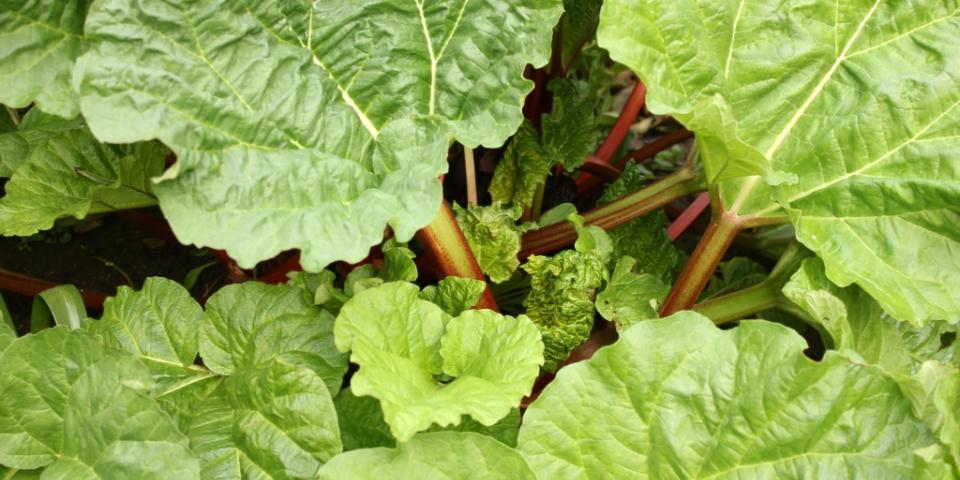- Posted By: jenifer
- Comments: 0

I read a very interesting article in this month's copy of The Beekeepers Quarterly (No. 127) on how a couple of beekeepers, Ann and Maciej Winiarski, in Poland have been using rhubarb (Rheum rhabarbarum) as an effective method of controlling varroa.
In Poland, it seems that treating colonies during the months of May and August with chemicals isn't permitted with the penalty of banning the sale of the beekeeper's products. During these four months, Polish beekeepers can only use biological methods to control varroa. Last year, having heard about rhubarb being used to treat colonies against varroa, Ann and Maciej were happy with the results they got having tried if for themselves.
Rhubarb leaves have a natural low dose of oxalic acid which can be used at any time in the apiary to control varroa without harming the bees or honey. By placing the leaves, together with their crushed stalks between the brood box and super, the worker bees will work to remove the rhubarb. Because of the conditions inside the hive, the leaves don't dry out but slowly releases oxalic acid in a gaseous form which circulates around the hive.
During June through to August, the beekeepers gave rhubarb leaves to all their 70 colonies five times throughout this period and monitored the results using a varroa board and reported that the mite fall was greater than natural rates by a factor of between 2-7 times.
The article also reported good results from research carried out by the National Veterinary Research Institute after using rhubarb leaves during the summer which reduced the varroa population. The evaporating oxalic acid fumes inside the brood nest helped to control the level of varroa at a critical time when colonies are vulnerable.
My own thoughts... if we can find a way of controlling varroa without the use of chemicals, then I'm definitely going to give this a try. My patch of rhubarb is coming along in the garden and I can now see it has more uses than my favourite dessert of rhubarb and custard!
The image used above for this article was published under the terms of a Creative Commons License and is attributed to Jenifer Tucker.
